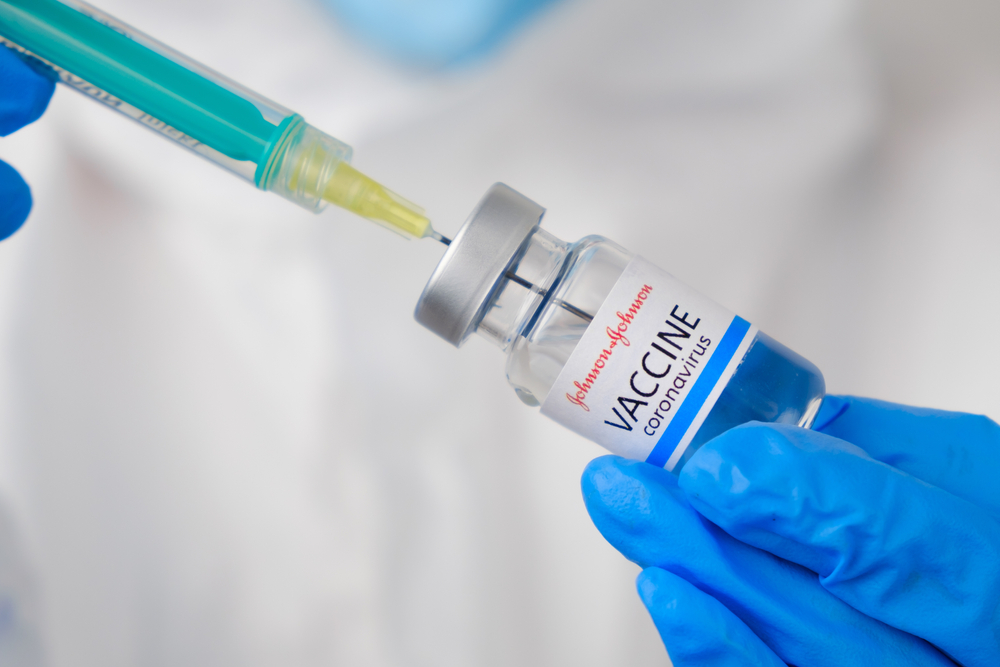
Is the Johnson & Johnson vaccine different?
At the moment, there are three vaccines available in the United States, Pfizer-BioNTech, Moderna, and Johnson & Johnson. The first two vaccines approved are also different than the last one, as they count on genetic material (mRNA) to prep the body to fight the coronavirus.
The mRNA’s task is to send instructions to the immune cells in order to help them identify the SARS-CoV-2 virus and then create antibodies to fight the infection. While it’s true that there were several anaphylactic allergic reactions reported among individuals that have received the Pfizer or Moderna vaccine, all of them recovered pretty quickly.
Additionally, the most common side effects that can appear after each vaccine are fever, nausea, headache, muscle aches, pain in the injection site, and other flu-like symptoms. On the other hand, the Johnson & Johnson vaccine relies on an inactivated virus to stimulate the immune cells to identify the spike protein found in SARS-CoV-2.
As a reaction to the vaccine, the immune system creates antibodies in its attempt to fight the infection.
Read also: You Could Experience These Bizarre Side Effects After COVID Vaccination.











































